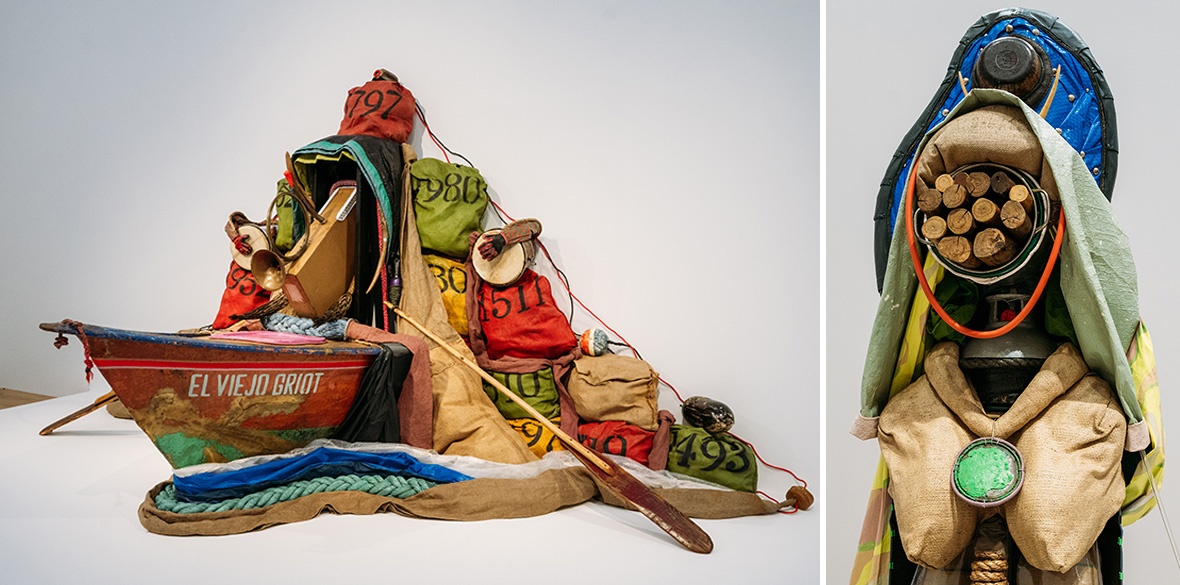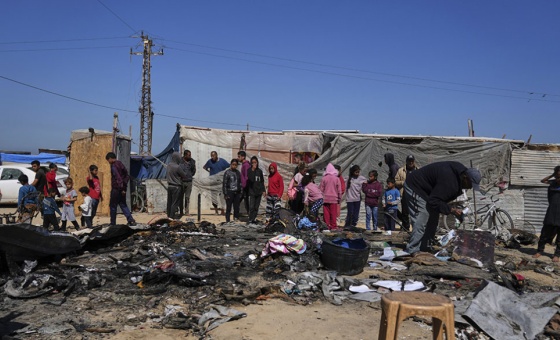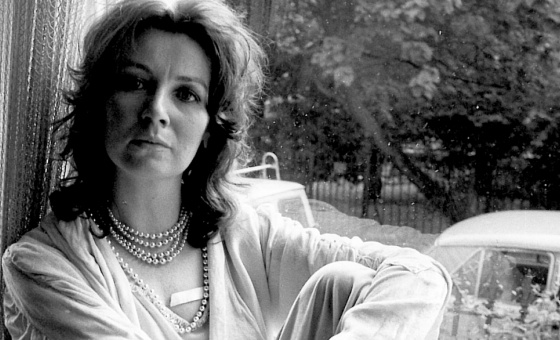This is the last article you can read this month
You can read more article this month
You can read more articles this month
Sorry your limit is up for this month
Reset on:
Please help support the Morning Star by subscribing here
Allan Weber, My Order
★★★★★, Nottingham Contemporary
Daniel Lind-Ramos, Ensamblajes
★★★★★, Nottingham Contemporary
DONALD TRUMP’s philistinism is apparent in his fondness for self-aggrandising kitsch, but the Kennedy Center putsch — in which Trump unilaterally installed himself as chair of Washington DC’s temple of the fine arts — suggests an understanding that culture can shape the national psyche.
Perhaps we should expect further co-option of performing arts institutions in support of the MAGA cause. Will the list of Trump-approved artists be limited to Confederate flag flaunter Kid Rock, swastika T-shirt pusher Kanye West and deportation cheerleader Ted Nugent?
Let’s not despair just yet: the stories we tell each other build resistance to tyranny. This is why venues like Nottingham Contemporary – and exhibitions of artists such as Allan Weber and Daniel Lind-Ramos – are so important.
My Order is Weber’s first institutional solo exhibition. His assemblages, installations, sculptures and photographs are socio-political critiques of two aspects of his life since 2020: his work as an artist and social activist in the favelas of Rio de Janeiro, and his experiences as a visiting artist and food delivery rider in Nottingham.

The repurposing of everyday objects is a dominant theme in Weber’s work, and one that reveals unexpected connections. The gleaming geometric array of barbershop razor blades, as used to create the popular razor fade haircut, and the football shirts suspended mid-air and bearing aphorisms and biblical quotes, are united in celebrating community, mutuality and working-class resistance to corporate exploitation. Other objects – automatic rifles made from containers and damaged tents – allude to violent policing and the marginalisation of impoverished communities.
The most imposing installation is a newly commissioned work, based on Weber’s artistic residency in Nottingham. Visitors stroll, somewhat uncertainly, through festoons of delivery-related paraphernalia, suspended from the ceiling in nets and on bungee cords. There are helmets, motorbike seats and food delivery bags. This experience invites reflection on the precarious nature of creative work and freelancing in the gig economy. The sense of uncertainty, about economies and communities, is heightened through Weber’s “on the job” photographs.
In Ensamblajes, Daniel Lind-Ramos draws on the myths and history of Puerto Rico to explore colonialism and the climate crisis. There’s a unity of style to his work: it’s big, bewildering, and crafted from the detritus of commerce and industry.
For example, El Viejo Griot is a sculptural assembly involving a rowing boat, tarpaulin, colourful burlap sacks, musical instruments, ropes, nautical floats and other bits of flotsam and jetsam. The title, which translates as “the old storyteller,” refers to a folkloric figure from the artist’s hometown, Loiza. He is simultaneously the passenger of the boat and part of its structure. He plays a pair of hand drums while the oars seem to row for themselves.

Printed on the sacks are key years in Puerto Rican history, involving invasions, rebellions and natural disasters. The blue tarpaulin, a motif in several of Lind-Ramos’s assemblies, was originally allocated to Puerto Ricans by the US environmental agency FEMA in the aftermath of a hurricane. It’s a reminder of an ongoing and unequal relationship between Puerto Rico and its dominant neighbour.
Ambulancia consists of a broken wheelbarrow, mattress springs, a pair of boots, transparent tubing, garden implements, an emergency vehicle light bar, rope, sacking and assorted metalwork. This work was created during the Covid-19 pandemic: the figure at its centre is the hybrid of a DC Comics supervillain and a 17th century plague doctor.
Other sculptures — and a video installation – focus on female labour, ecological sustainability, cultural diversity and the power of storytelling. The face of the figure in Centinel de la Luna Negra is a bundle of mangrove branches, celebrating the protection of coastal mangrove forests by eco-activists.
Some of Lind-Ramos’s symbolism is transparent, some opaque: our interpretations are based on an understanding of the artist’s life and culture, but also informed by our own perceptions and concerns.
There is enormous contrast in the forms and aesthetics explored in My Order and Ensamblajes, but Allan Weber and Daniel Lind-Ramos are driven by similar experiences, values and obsessions.
Both artists rekindle the traditions of the Arte Povera movement of the late 1960s and early 1970s. They find beauty in the everyday objects, reclaim materials discarded as “trash” and use art as a means of experiencing life from new perspectives. Furthermore, they challenge the conventions of the creative “marketplace.” In the case of Weber and Lind-Ramos, this is achieved by blurring the boundaries between art and community engagement, celebrating the resilience of oppressed people and supporting activities outside the constraints and demands of global capitalism.
These exhibitions show that conceptual art can tackle the realities experienced by working and powerless people. There were around 20 people in the galleries when I saw them: engaging with challenging creations as a communal experience, hearing the ideas and uncertainties of others, adds considerable value.
The collapse in national funding for the arts means it’s an experience that may not be available for much longer. See this work while you can.
Both exhibitions run until May 4. Entry is free. For more information see: nottinghamcontemporary.org








